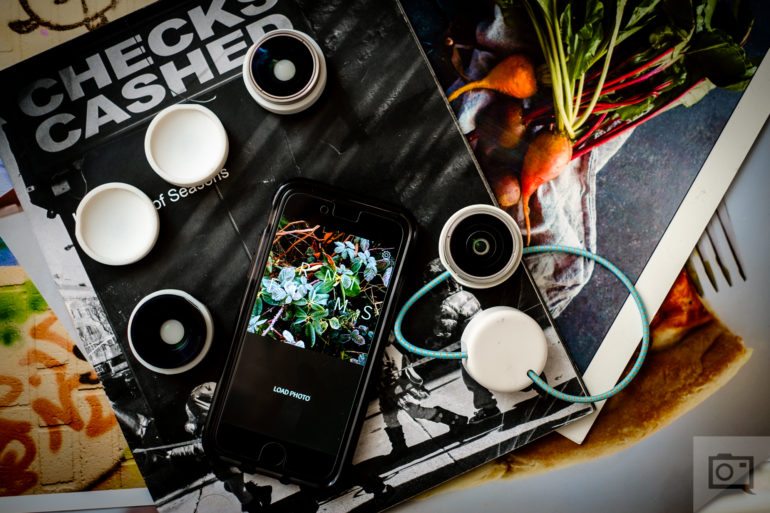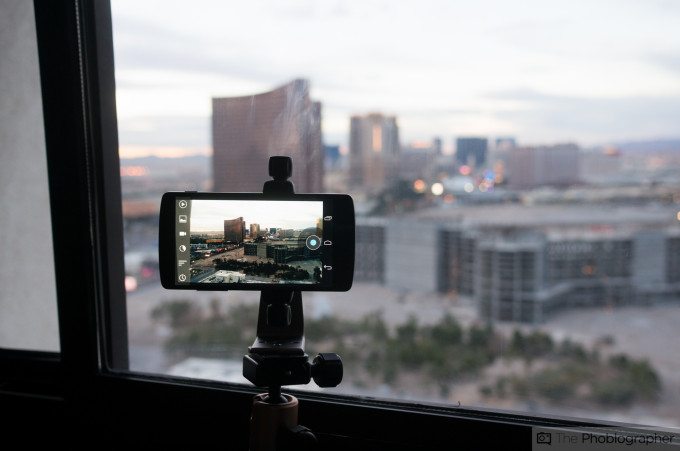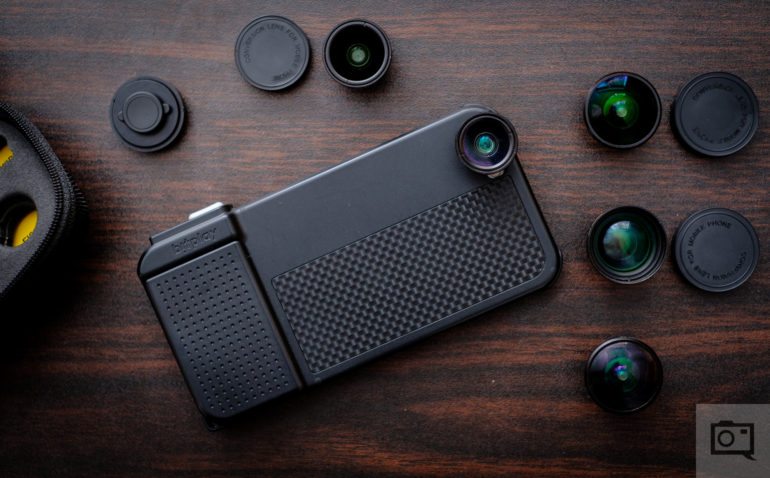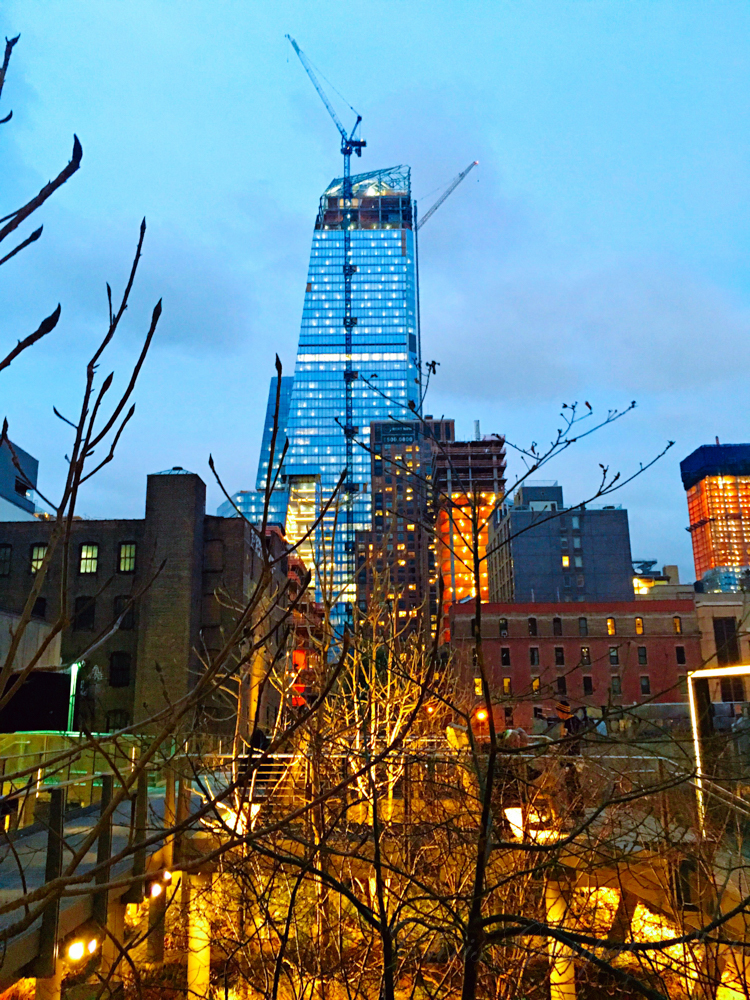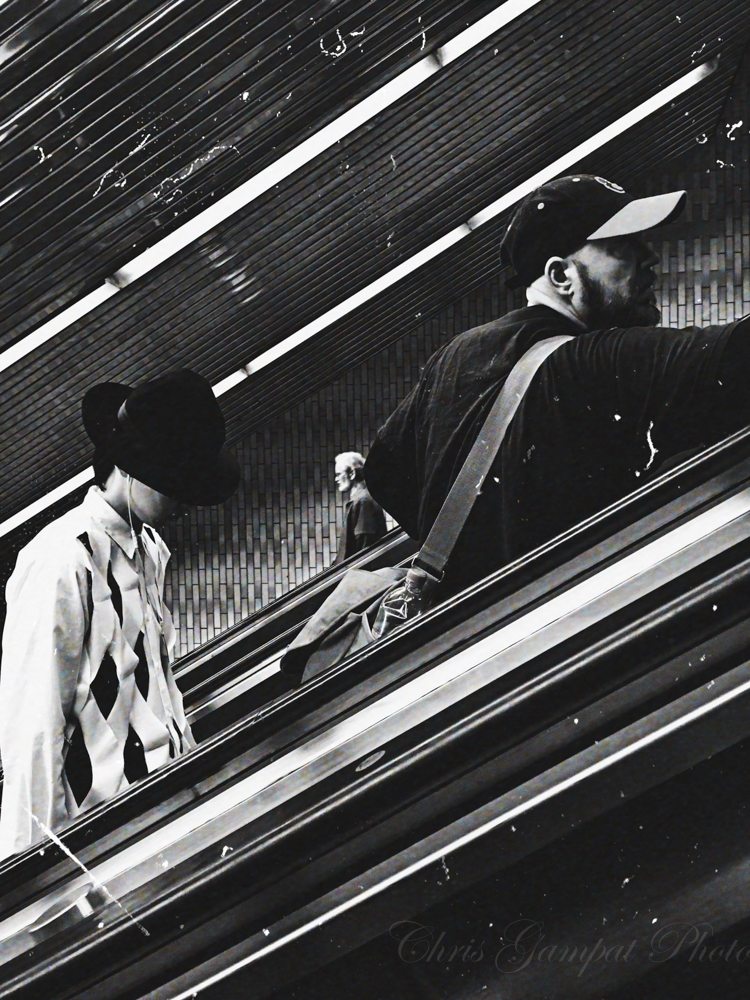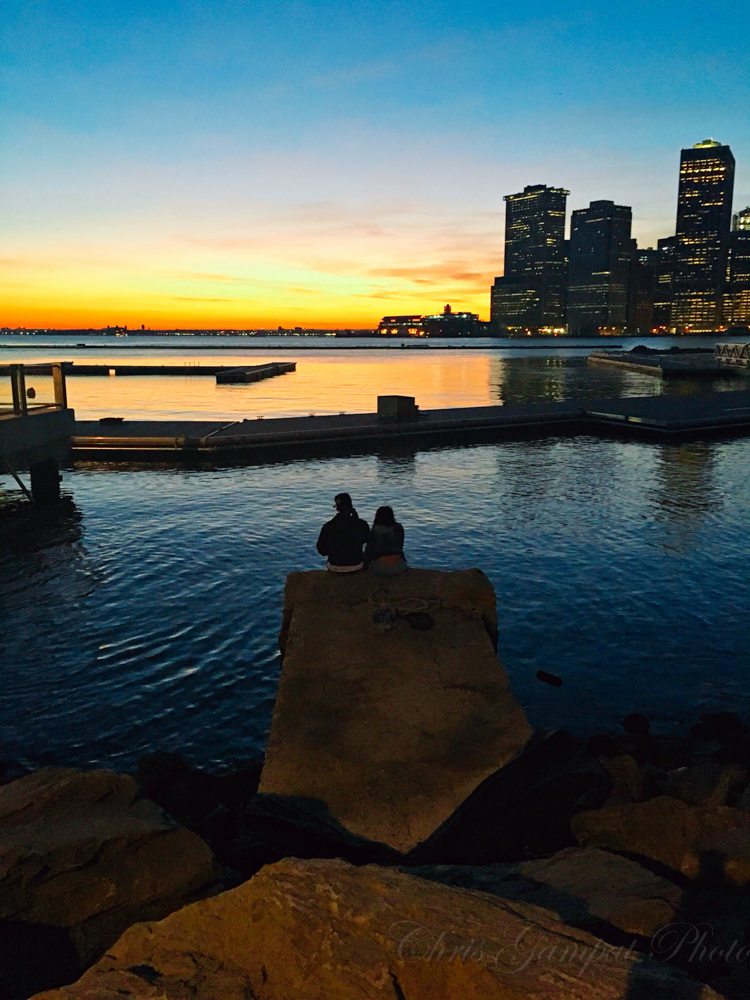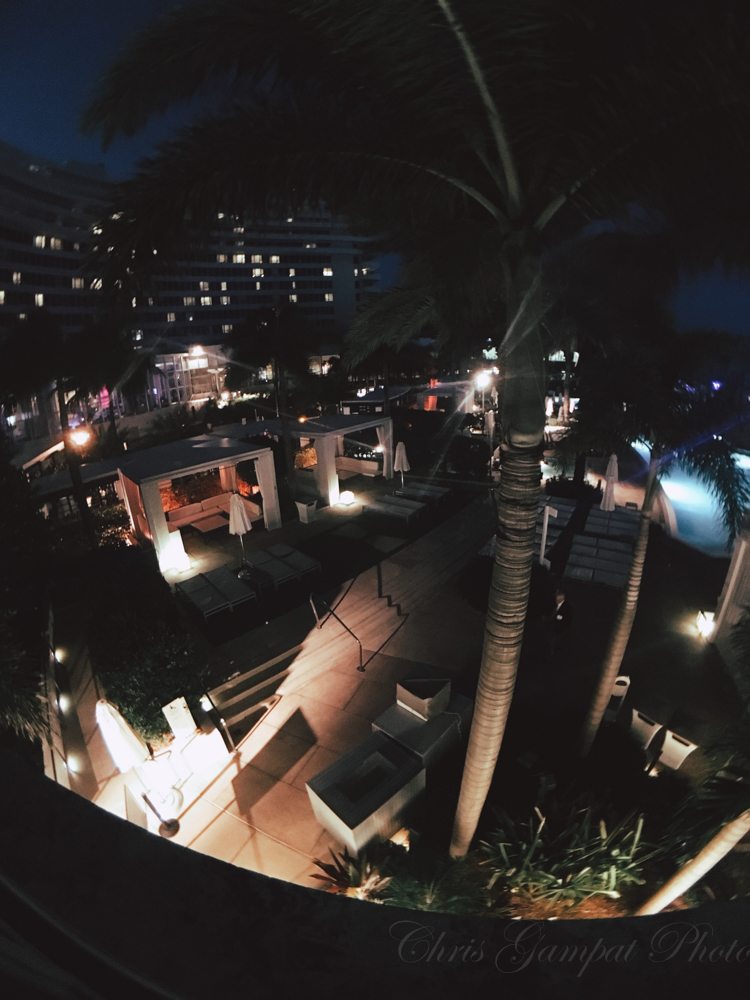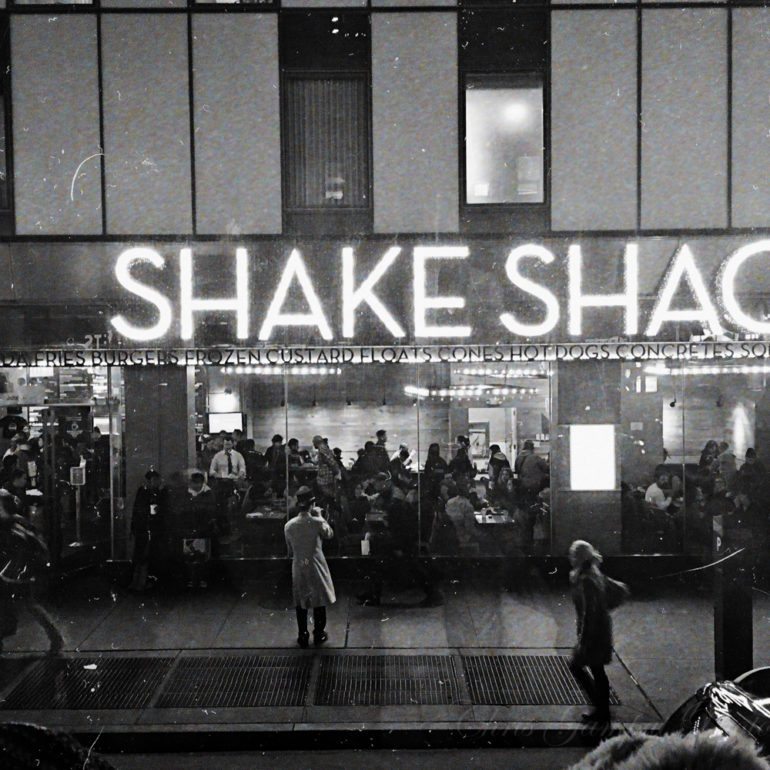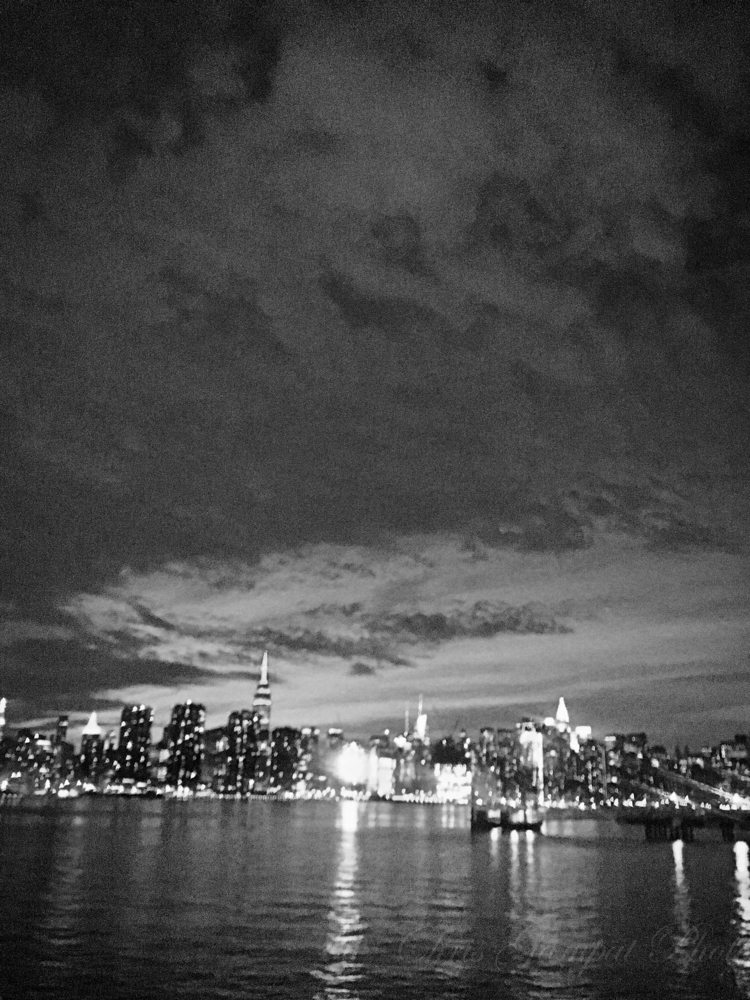Travel photography and capturing the best moments is sometimes best left to your phone lest your big camera looks intimidating to people around you. As it is, modern smartphones have very capable cameras that do a great job as long as you use them just right. On top of that, when you’re traveling you don’t need a load of gear like 24-70mm lenses or 300mm primes all the time. Instead, you can create photos that you’ll love with whatever is in your pocket.
The Essentials
While your kit is going to be very light and extremely compact, there are still a few essential items that we recommend bringing along with you while you’re out shooting.
Stabilization: Getting images that are free of camera shake can really help the clarity of your photos. Whether or not you realize it, mostly everyone gets the shakes a bit when they take photos–it’s just how phones are designed. For that reason, a Gorillapod and a SideKick 360 are my personal favorite choices.
Fields of View: Not many smartphones have zoom capabilities with their lenses–and sometimes the best thing to do is to swap out to a lens. Photojojo Iris lenses, the SNAP! PRO and the Moment lenses are some of our favorites.
An Oiled Machine: You’re bound to get oil or grease on your camera lens, so we recommend that you bring a microfiber cloth to keep it clean.
Juice: You’re definitely going to need battery life for your phone too unless you’re traveling to an area where you won’t get service or data. Be sure to bring a small battery that your phone can hook up to get more life.
Shoot Wide, And Shoot Close
By default, your phone’s camera is fairly wide but an even wider field of view can provide you with more captivating images. Some of the best street photographers always try to shoot wide and close because it mimics the human perspective. Because you have a phone, people most likely won’t sit there and believe that you’ve got some sort of commercial motive to photograph them. Instead, they probably won’t care.
With that said though, I always need to tell everyone to have good intent when you photograph. Photographing someone that could potentially tarnish their reputation or that takes advantage of them is pretty wrong and you should be ashamed of yourself.
Turn on Your Compositional Guidelines
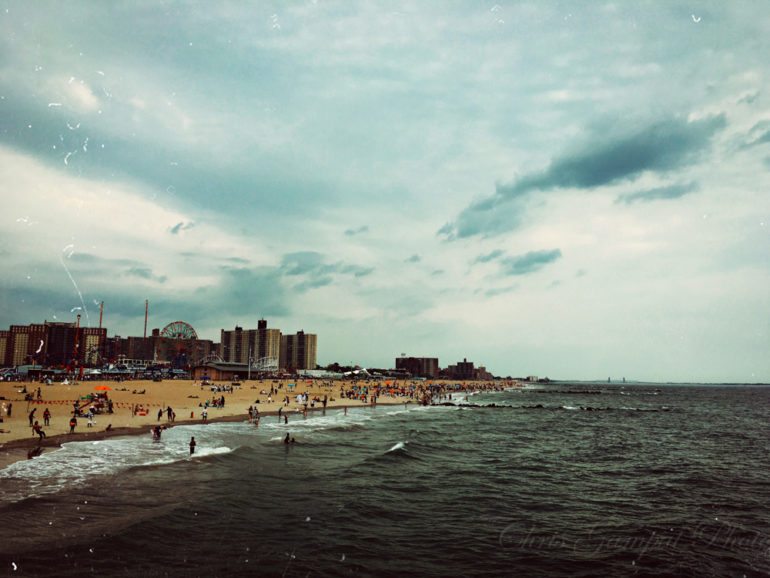
Most phones have many different types of compositional guidelines. The most common is the rule of thirds but then there are things like squares, an “x”, 16 square grids, etc. Different camera apps also have different compositional guidelines accordingly.
To use these, place key areas of your subject along these guidelines by moving the camera back and forth, up and down, etc.
Don’t Underestimate Panoramic Photos
Image by Marco Cortese.
The panoramic image taking process is a pretty slow one, but can also be very rewarding if you’re not wide enough. Don’t forget about it–especially if you have a wide angle lens available to attach to your phone!
Turn Your Flash Off At Night Unless You Absolutely Need It
For the most part, you should know that the flash on your camera is completely useless at night unless you’re looking for the effect of a deer in headlights. In that case, I encourage you to go completely nuts.
Generally speaking though, I implore you to go find great and plentiful sources of ambient light. Combine this with stabilization and maybe raising the ISO a bit and you’re all set.
Your Front Camera Is Pretty Useless
If you’re just looking to take a quick selfie, then fine, I guess you can do it. But otherwise, your front camera is very useless and I encourage everyone to never use it.
The Power of a Good Mobile Photo is in the Editing
Lastly, I always tell everyone that getting a great photo with your phone requires not necessarily a great camera, but a solid editor. Go beyond just the filter and start adjusting every parameter to experiment and see what kind of photo you can produce.



